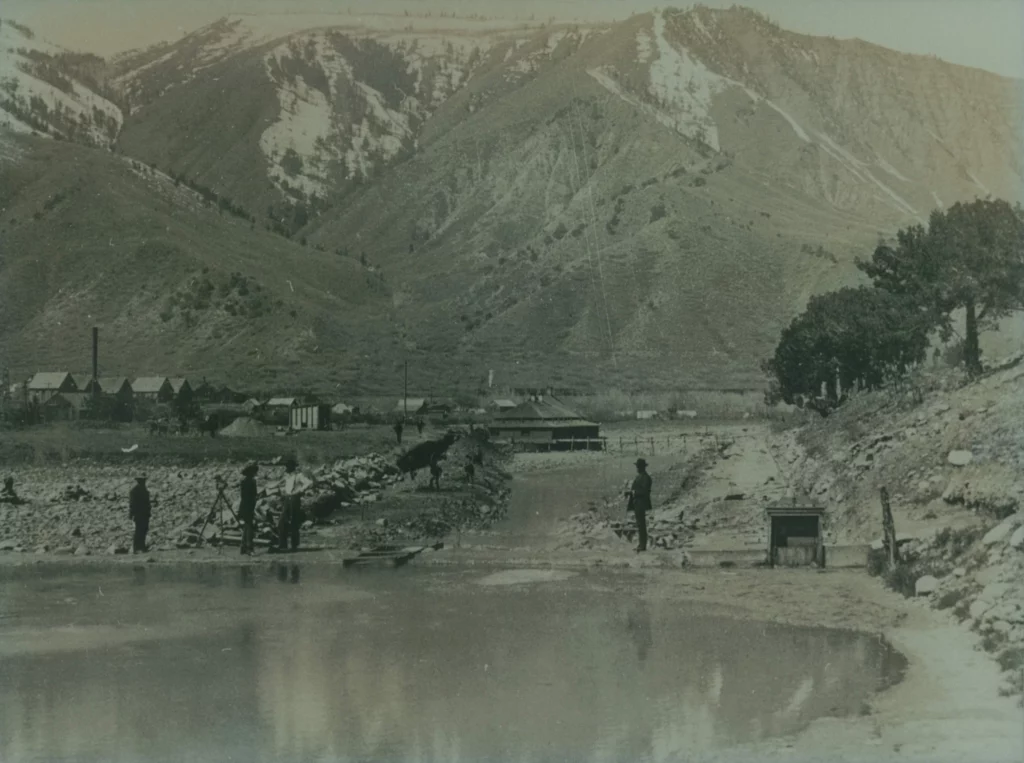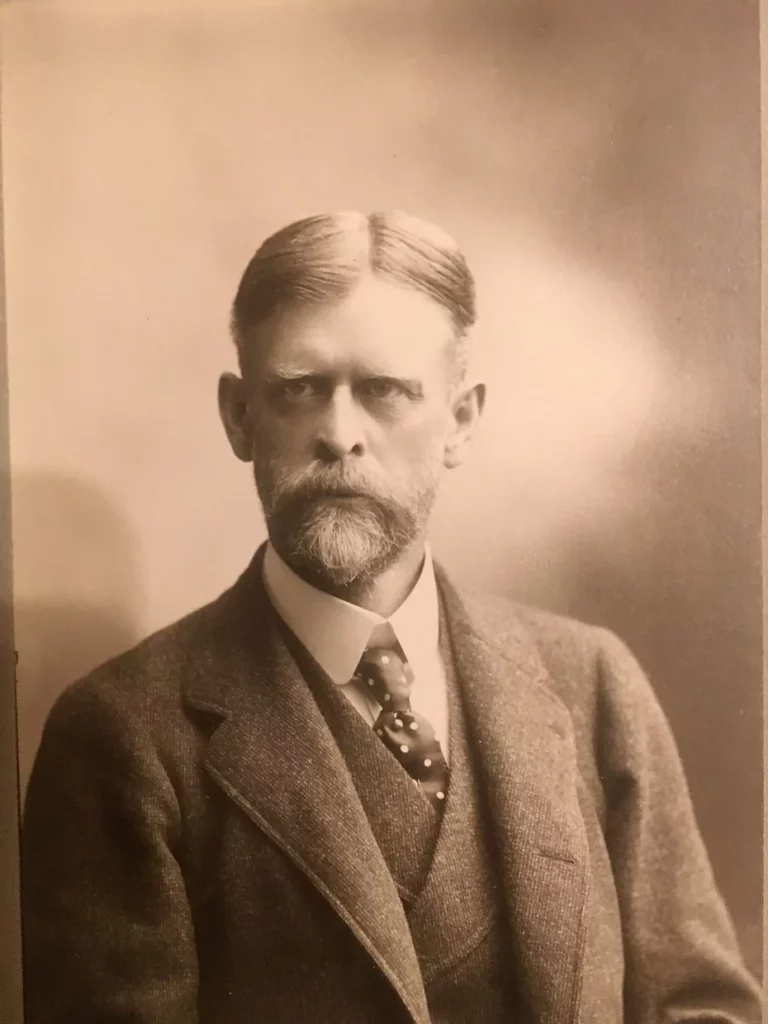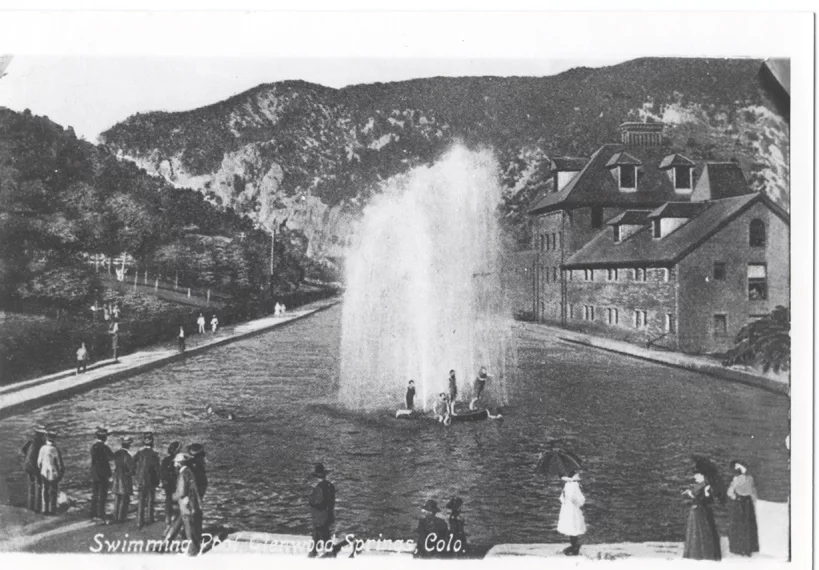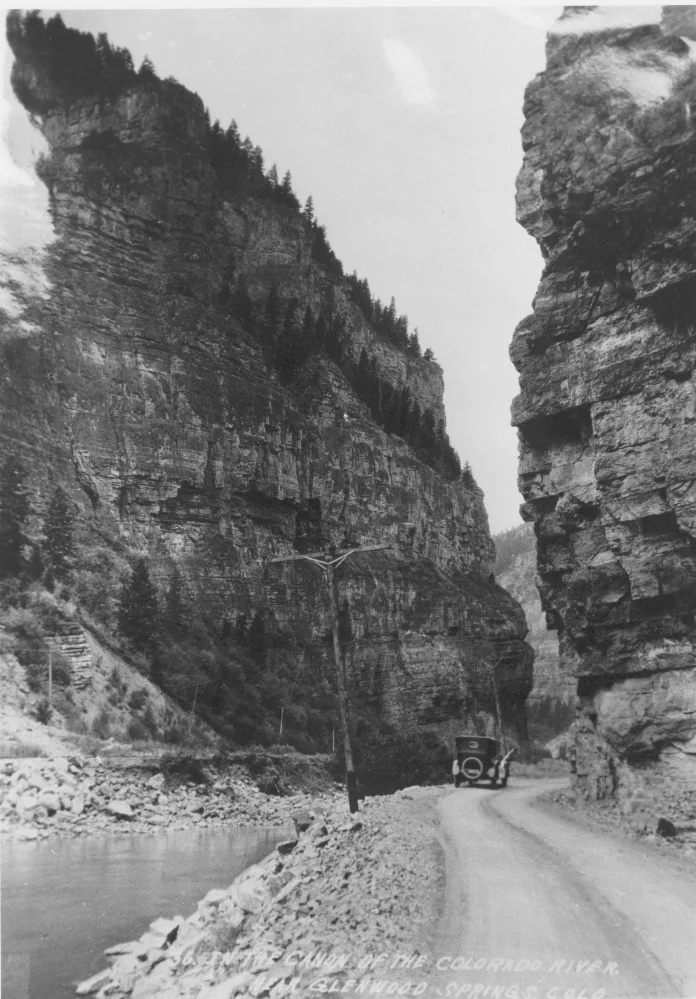FOUNDING FATHERS
MEET THE FOUNDING FATHERS OF GLENWOOD SPRINGS
Before the 1800s, Glenwood Springs was inhabited by the Ute Indians, a nomadic tribe who made their summer home in the area. Later, the area attracted a motley crew of self-sufficient loners that included prospectors, trappers and adventurers. These men lived off the land, content to be far away from “civilization.” By 1849, the California gold rush was on, drawing many westward and through Colorado. In 1860, Captain Richard Sopris, a prospector in the area seeking his fortune was one of the first documented non-native individuals to bathe in the geothermal waters. While he never found gold, he was the first to begin mapping the area. Mt. Sopris to the south of Glenwood Springs is named for him. After Sopris, it wouldn’t be long before word spread about the hot springs located in an unspoiled valley not far from the silver mining towns of Leadville and Aspen.
THE MAN WITH THE VISION: ISAAC COOPER
Originally from Joliet, Illinois, Isaac Cooper first arrived in Colorado as a young prospector in 1859. He didn’t strike it rich, instead he fell in love with the beauty of the region. Like many men of his time, he was called to serve in the Civil War. Unfortunately, he was captured and spent a considerable amount of time in a Confederate prison camp that permanently weakened his health. In 1880, Cooper returned to Colorado and joined an exploratory party out of Aspen to see what lay beyond the silver mining town. Probably because of his health issues, he was attracted to the hot springs. He along with several other men formed the Defiance Town and Land Company in 1882 and purchased the acreage that included the hot springs and vapor caves. Eventually, Cooper relocated his wife Sarah and their family to settlement called Defiance. His homesick wife convinced Cooper to rename Defiance to the more genteel sounding Glenwood Springs, after their former hometown of Glenwood, Iowa. Though at the time Glenwood Springs was a collection of ramshackle tents and hastily constructed buildings catering to miners, Cooper was the first person to envision a world-class geothermal resort in Glenwood Springs. While he never saw his dream come true, Cooper is credited with creating the idea of a hot springs centered town. He died on Dec. 2, 1887, at the age of 48.
THE MAN WITH THE MEANS: WALTER DEVEREUX
An ambitious mining engineer and graduate of Princeton University, Walter Devereux arrived in Aspen during the silver boom in 1883, at the age of 30. In addition to his employment managing the Aspen Smelting Company owned by Jerome Wheeler, Devereux obtained 14 patents on his inventions to improve the industry! It was the abundant coal deposits necessary for the coking operations that drew Devereux to Glenwood Springs. Isaac Cooper tried to entice Devereux, who had made a fortune in silver and coal to go into business with him developing the hot springs, but at the time he was not interested. Looking to expand his empire, Devereux eventually remembered his meeting with Cooper. In 1885, he purchased the land surrounding the hot springs from him for $125,000 and wasted no time in developing all that would be needed to create a top-end spa town. First, Devereux formed the Glenwood Light and Water Company, bringing the latest technology—electricity—to town, as well as drinking water. After that, Devereux began construction of his resort. The pool and accompanying red sandstone bathhouse at Glenwood Hot Springs were completed in 1888. It was, and still is, the world’s largest mineral hot springs pool! Additionally, Devereux excavated and expanded the vapor caves, making them more inviting to tourists. Next, he opened the Hotel Colorado in 1893, one of the finest lodging establishments in the western U.S. In 1905, Devereux moved his business operations out of state. He died in 1934, at the age of 80 at his son’s home in California, but his legacy lives on in Glenwood Springs.
THE MAN WITH THE CONNECTIONS: EDWARD TAYLOR
Born in Illinois, Edward Taylor graduated from the University of Michigan Law School in 1884. He was the superintendent of schools in Leadville before moving to Glenwood Springs to open his private law practice. He soon became a district attorney for the Ninth Judicial District and with his experience adjudicating contentious water disputes became known as the “Father of Water Rights on the Western Slope.” From there his political career flourished. He served as a Colorado state senator from 1896 to 1908. His campaign promises included improving transportation through Glenwood Canyon, called Grand River Canyon at the time. While there was a crude road hacked out of the rock already in place, Taylor envisioned a road that would be safe year-round for wagon passage. In 1899, his bill asking for $40,000 to build the road was granted. When completed in 1906, it was the first continuous wagon road from Denver to Grand Junction. Part of Taylor’s bill mandated the preservation of the natural beauty of the canyon during the construction phase, a unique and precedent-setting inclusion at that time. Taylor was a man of tremendous state pride and lobbied for the name of the river which flows through the state to be changed from the Grand River to the Colorado River. He met significant opposition but ultimately triumphed in 1921 when it was officially renamed. Taylor died Sept. 3, 1941. He is interred in a mausoleum in Rosebud Cemetery south of town.
Explore all of the historical things to do, learn and see in Glenwood Springs with a modern twist; there is something for everyone and a new adventure to be had every day! For more Glenwood Springs history, visit the Glenwood Springs Historical Society and Frontier Museum.
MORE LIKE THIS..
More history




